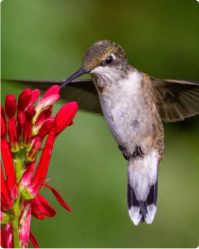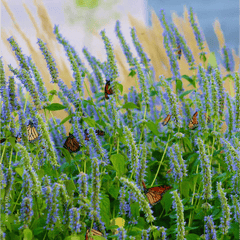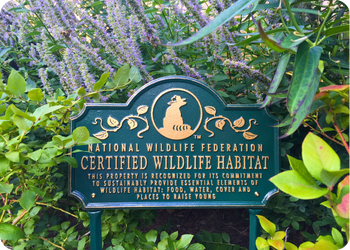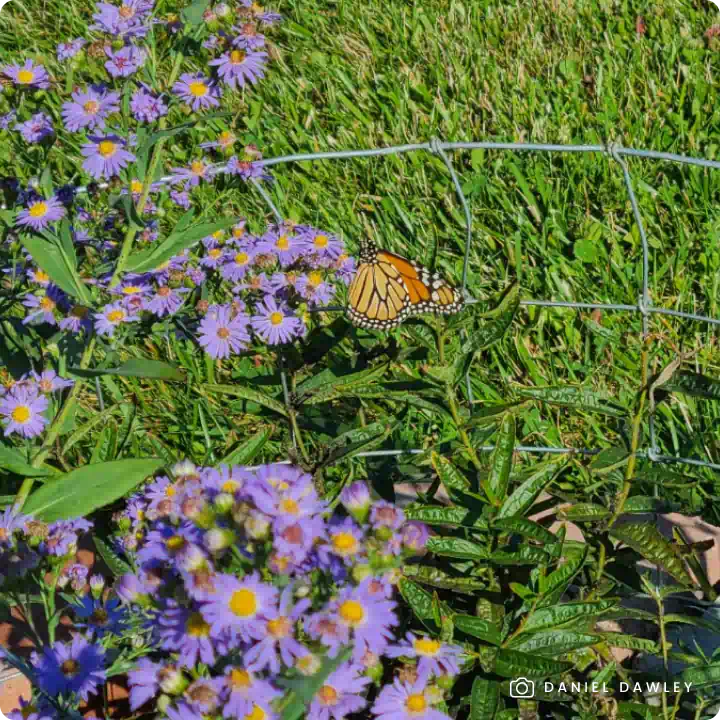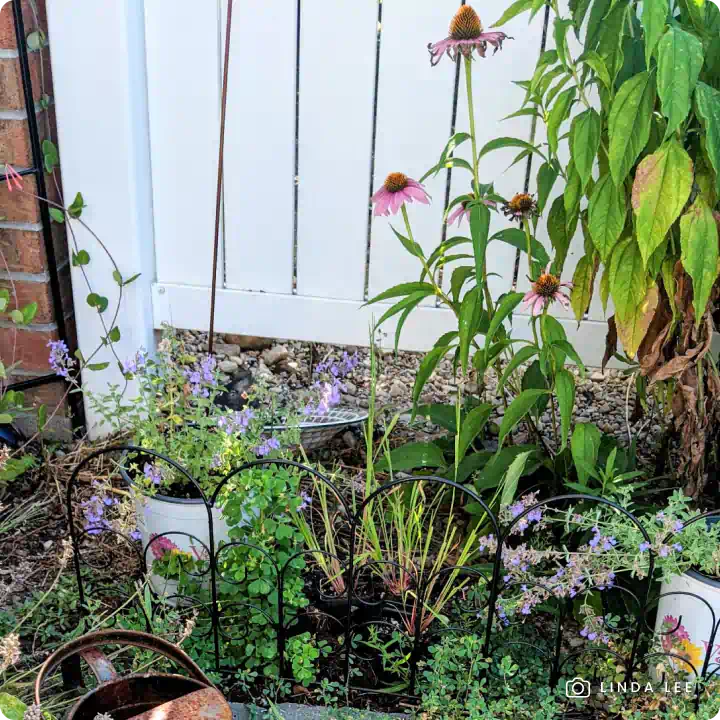The Rain Garden Collection features a carefully curated selection of moisture-loving native perennials, perfect for areas with wet soil or low-lying spots that collect stormwater. Designed to filter and manage excess water naturally, these vibrant plants also provide essential habitat and resources for monarch butterflies, native bees, and songbirds, adding ecological value to your garden.
Collection Includes:
- Swamp Milkweed (Asclepias incarnata): A pollinator favorite with pink clusters that support monarch butterflies and other nectar-seeking insects.
- Sneezeweed (Helenium autumnale): Bright yellow blooms add late-season color and are highly attractive to bees and butterflies.
- Great Blue Lobelia (Lobelia siphilitica): Striking blue flowers that thrive in moist soil, drawing hummingbirds and other pollinators.
Key Benefits:
- Natural Stormwater Management: These plants are ideal for rain gardens, capturing and filtering stormwater to help reduce runoff and manage moisture in the landscape.
- Wildlife Support: Attracts a variety of pollinators, including butterflies, bees, and hummingbirds, and provides habitat for birds, promoting a healthy ecosystem.
- Three-Season Blooms: Enjoy colorful blooms from spring through fall, creating year-round interest and sustaining pollinators throughout the growing season.
- Eco-Friendly: Grown non-GMO and free of harmful neonicotinoids, promoting a healthy ecosystem for pollinators and wildlife.
- Deer Resistant: these plants are deer-resistant once established.
Available in collections of nine, 18, or 27 plants to suit any garden size.
Why Choose the Rain Garden Collection?
The Rain Garden Collection combines beauty and functionality, providing a sustainable solution for areas that retain moisture. With vibrant blooms and pollinator appeal, this collection is perfect for transforming wet spots into thriving garden spaces that support local wildlife and naturally filter stormwater.
Planting Tips:
- Location: Plant in full sun to part shade in areas that retain moisture or experience periodic flooding.
- Watering: Water regularly during the first growing season to establish roots. Once established, the plants require less watering.
- Maintenance: Minimal care required. There's no need to deadhead the flowers, as allowing them to go to seed provides a valuable food source for birds. Leaving the stems standing in the fall offers overwintering sites for beneficial insects. If desired, cut back the stems in late spring after pollinators have emerged.
For more information on planting, view our How to Plant Your Native Plants guide and other planting tips in the Garden for Wildlife Learning Center.


